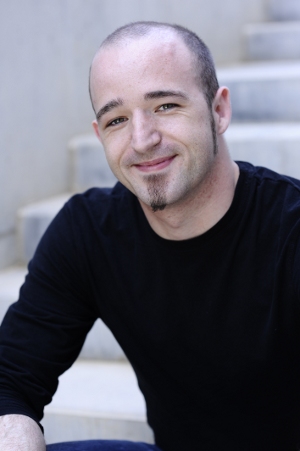 Open source projects live and die by their communities. Cultivating that core group of developers, administrators, users and other contributors who work together to improve the code base is no easy task, even for experienced community managers. There are some tried-and-true methods to follow, however, pioneered by some of the best open source communities around.
Open source projects live and die by their communities. Cultivating that core group of developers, administrators, users and other contributors who work together to improve the code base is no easy task, even for experienced community managers. There are some tried-and-true methods to follow, however, pioneered by some of the best open source communities around.
Jono Bacon, senior director of community at XPRIZE and former Ubuntu community manager, will share some of his lessons learned in building and scaling communities at LinuxCon Europe in Dusseldorf, Germany, Oct. 13-15. He will also hold a community management workshop during the event on Wednesday, Oct. 15.
“A good community manager takes a birds eye view of the community but is then able to swoop down to any level and see how the different pieces fit together, optimize them, and help community members be successful,” Bacon said.
Here, he tells us his three essential features of a good community, how to go about building one, and the role of the community manager in facilitating it.
What are some of the features of a great open source community?
I think every great community has three key things. Firstly, there are a series of very crisp on-ramps for how someone learns they can participate, develop the knowledge they need, find things to do, and feel like their contributions are celebrated. Secondly, communities that celebrate and focus on significant and sustained contributions generally do better: They don’t just reward individual pieces of work, but the long span of contributions. Finally, the most critical goal in a community is to build a sense of *belonging*; that is, to make people feel like they are needed in the community, without a sense of entitlement. These are simple but subtle attributions for creating a scalable and successful community.
How do you build a great open source community?
Firstly define a crisp mission. Your mission is what will motivate people to volunteer their time and energy. Next put together the communication and infrastructure that your members will need to work with, and then start discussing concrete plans for a first release.
Many new Open Source communities suffer from bike-shedding at the beginning where people spend more time talking than doing. It is important to build a culture in which contributions are what matters.
Make sure the on-ramp for participating in and contributing code is simple and effective and then reward those who do great work with respect and, if appropriate, commit access. While doing this be as open and transparent as possible: it is important that the commons of your community provides as much equal opportunity for all… openness and transparency ensures this.
How does the role of a community manager in that process compare with that of a community member?
A good community manager takes a birds eye view of the community but is then able to swoop down to any level and see how the different pieces fit together, optimize them, and help community members be successful.
Community management is not about getting more social media followers… it is about creating an environment for successful collaboration, and this requires a combination of leadership, engineering experience, empathy, and a healthy amount of fresh ideas and perspective.
What will you talk about in your keynote at LinuxCon and CloudOpen Europe?
I will be talking about (a) the opportunity of a well-managed, well-structured community and what that brings to organizations and individuals, (b) how we create those communities, and (c) I will talk
about an exciting new Open Source XPRIZE that we launched recently to help 250 million kids become literate that is exploring new community models that other people may be interested in exploring too.
You’ll also be holding a workshop for community managers – who should attend that and what will they learn?
My workshop is a deep dive into how to build a strong and empowered Open Source community and is designed for those interested in learning about communities and how they work, and community managers who want to soak up some techniques and approaches that I have learned over the years.
It starts right at the beginning, looking at the core attributes of a great community, walks through creating a strategic plan, putting in place infrastructure and comms, building teams, performing outreach, creating governance, tracking your performance, and conflict resolution.

